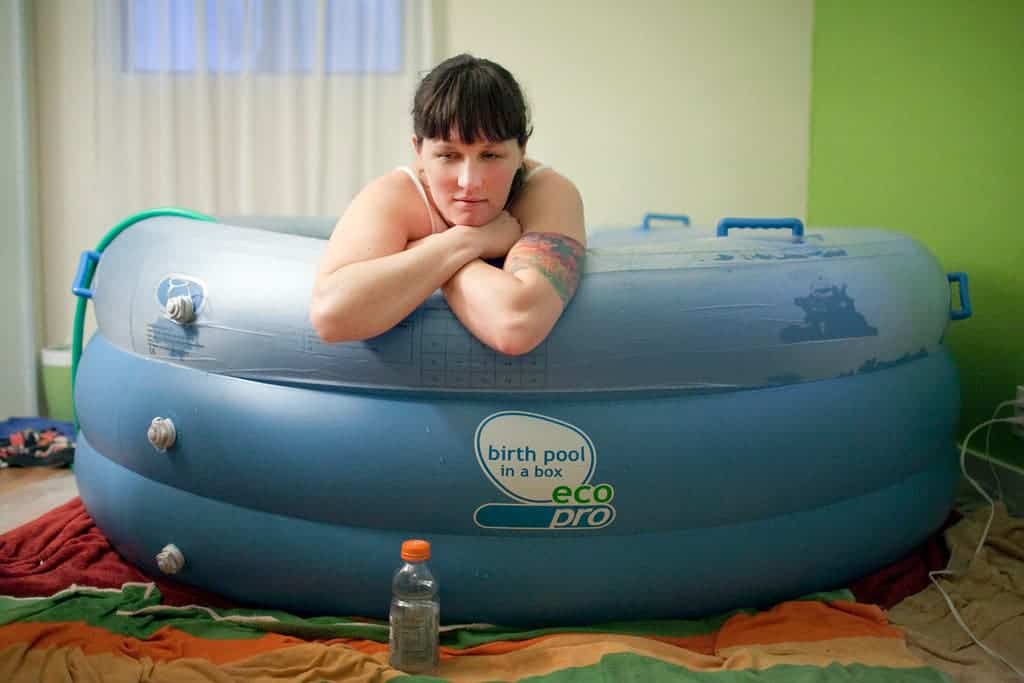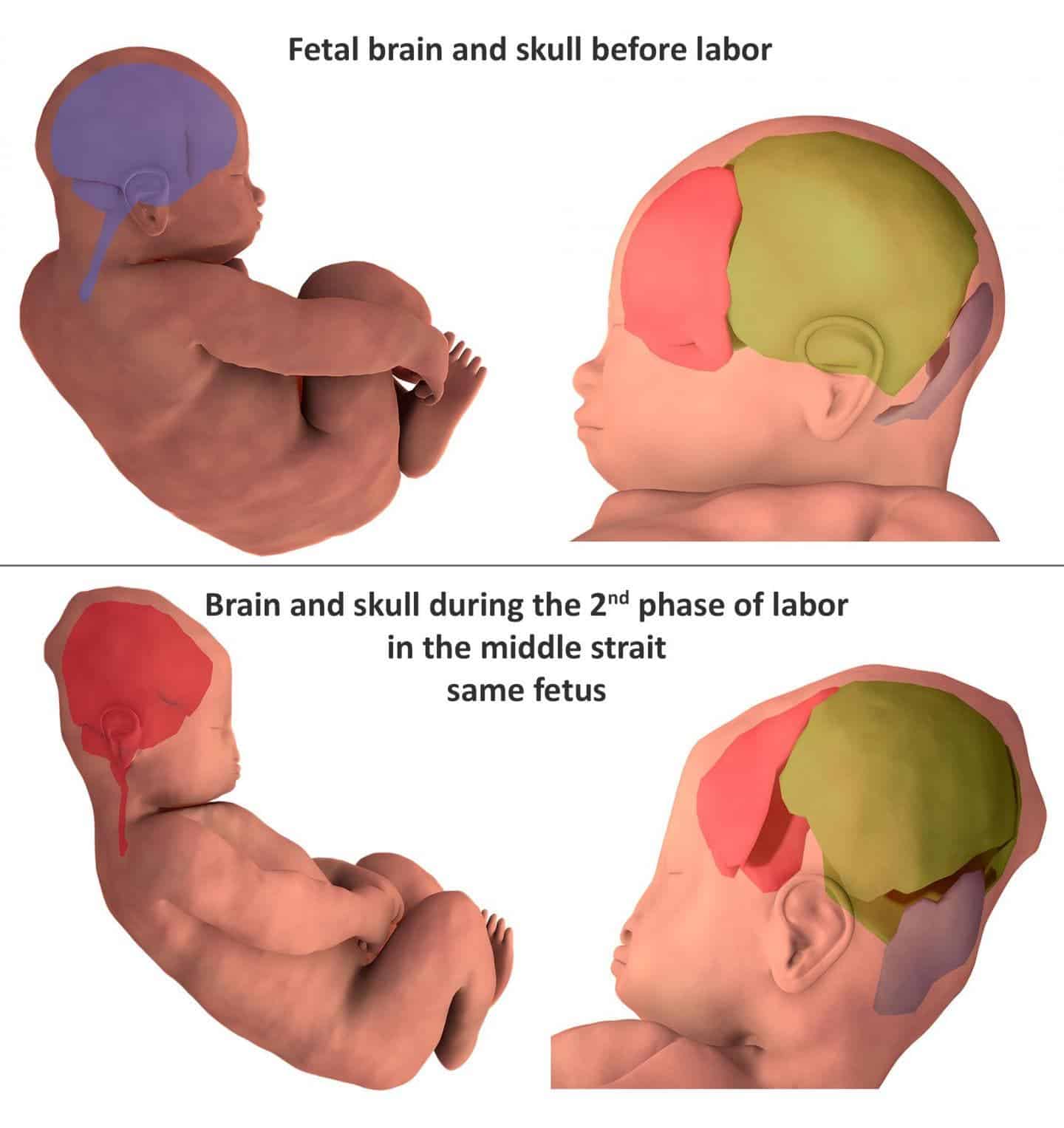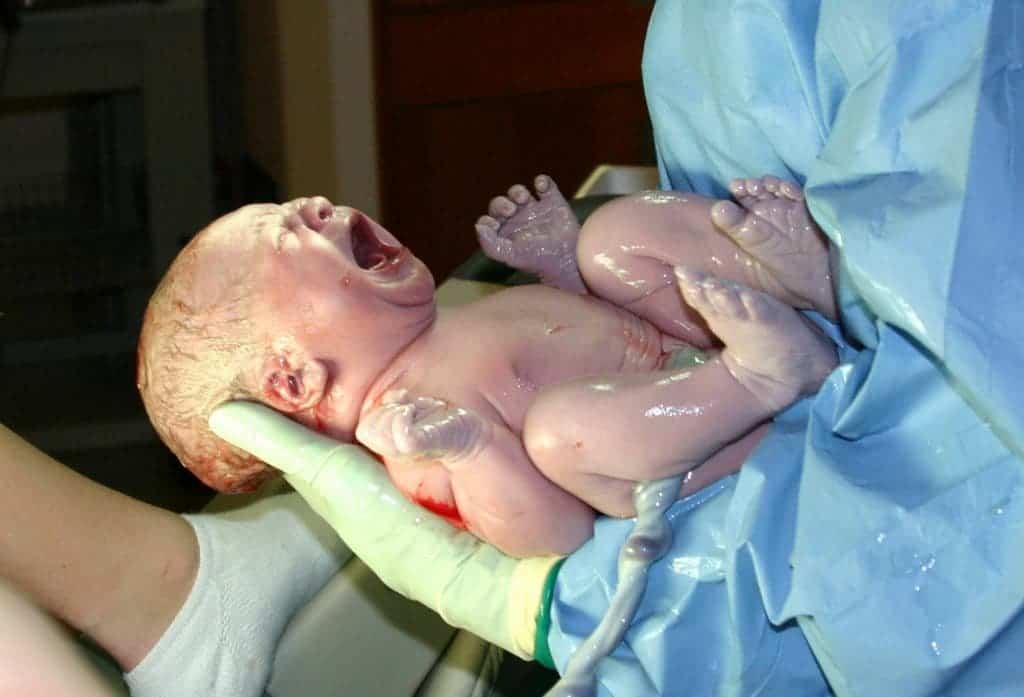A water birth involves using a birthing pool for the labor (and sometimes the delivery itself) with the purpose of achieving relaxation and pain relief. Advocates of this technique suggest it results in a more relaxed and less painful experience, while critics say the safety o the procedure has not been assessed thoroughly — and there have been numerous adverse effects associated with it, from infection to drowning.
A new analysis assessed 36 previous studies from 2000 to 2021, involving over 157,000 participants, and aimed to shed new light on the matter. Researchers wanted to see if outcomes differed between water birth and standard care (without the use of a birthing pool). Surprisingly, not only was waterbirth deemed as safe as standard care for healthy mums and their newborns, but it seemed to provide “clear benefits to women” in obstetric units, leading to fewer complications and increased satisfaction for women.

Water birthing is still a relatively uncommon practice, but it’s growing in popularity, the researchers write in the study. The team, which was led by Ethel Burns of Oxford Brookes University, wanted to assess its benefits compared to its downsides.
Water births are particularly used by “healthy women who experience a straightforward pregnancy,” the researchers note. In fact, water births are only recommended for uncomplicated pregnancies. The reasoning behind it is that it gives women a sense of pain relief and enhances their sense of control, the team writes.
“Immersion in a birthing pool offers women a nonpharmacological option of pain relief during labour, which also enhances their sense of control. Resting and labouring in water can reduce fear, anxiety and pain perception; it helps optimise the physiology of childbirth through the release of endogenous endorphins and oxytocin.”
The researchers also write that few studies were carried out in midwife-led units or in the mother’s home, and most water births also took place in a hospital environment. When comparing the side effects of “normal” birthing to water birthing, the researchers found that water birthing reduced the use of epidurals, injected opioids, episiotomy (a cut in the area between the vagina and anus or perineum sometimes made during childbirth) and pain and heavy bleeding after the birth.
“Water immersion can significantly increase the likelihood of an intact perineum and reduce episiotomy, an intervention which offers no perineal or fetal benefit, can increase postnatal pain, anxiety, and impact negatively on a woman’s birth experience,” write the researchers.
There was a slightly higher chance of umbilical cord breakage among water births, (4.3/1000 births in water compared with 1.3/1000 births with standard care), but the overall rate was still fairly low.
The team concedes that the setting of the analyzed studies varies greatly. But even so, the study-authors are confident in their findings and the benefits of water births in uncomplicated pregnancies.
“The main findings of this systematic review and meta-analysis are that labouring and/or giving birth in water has clear benefits to women in the obstetric setting.”
“Water immersion during labour and birth, while lowtech, is a complex, nuanced intervention. Importantly it has clear benefits for healthy women and their newborns when in the obstetric unit setting where the majority of women give birth, and may have benefits for populations previously excluded from water immersion,” the researchers write in the study.
“To enable the identification of best practice regarding water immersion, future birthing pool research should integrate factors that are known to influence intrapartum interventions and outcomes. These include maternal parity, the care model, care practices, birth setting and a clear description of the water immersion receptacle.”
This isn’t the first review to look at water births. Another 2018 review that looked at 15 studies conducted between 1990 and 2015 found “no evidence that labouring in water increases the risk of an adverse outcome for women or their newborns”, but also found that giving birth in water did not appear to affect “the number of women having a serious perineal tear.” However, the review also highlighted that the evidence isn’t exactly high-quality.
“In healthy women at low risk of complications there is moderate to low‐quality evidence that water immersion during the first stage of labour probably has little effect on mode of birth or perineal trauma, but may reduce the use of regional analgesia,” the authors of the 2018 review write.
Ultimately, more high-quality evidence is needed to assess just how safe and advantageous a water birth is. The authors of the new study suggest that future studies include factors that are known to influence outcomes during labour and birth, including how many children a woman has already had, where she gives birth, who looks after her, and the care she receives, they add.
For now, the American College of Obstetricians and Gynecologists does not recommend birthing in water as the safety has not been determined, and the British Royal College of Obstetricians and Gynaecologists and the Royal College of Midwives issued a joint statement in 2006 supporting water birth only for healthy women with uncomplicated pregnancies.
The study has been published in BMJ.






